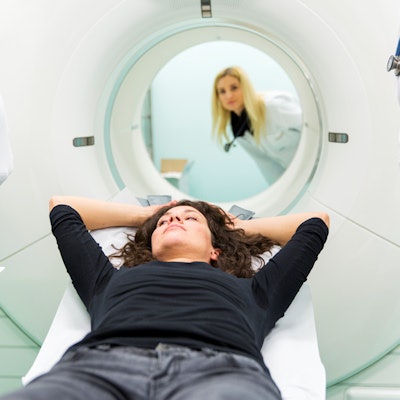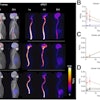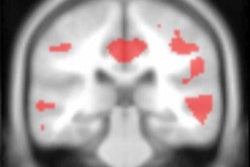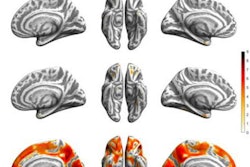
PET imaging could be a useful tool for diagnosis and treatment of idiopathic normal pressure hydrocephalus, a form of dementia that can be treated surgically, according to a literature review published September 7 in the International Journal of Molecular Sciences.
The review findings suggest that PET would help clinicians better identify patients with the disease who would benefit from surgery, wrote a team led by PhD candidate Dr. Maria Mattoli of "Gabriele d'Annunzio" Chieti-Pescara University in Chieti, Italy.
"PET with different tracers seems to be useful to understand the pathophysiology of [idiopathic normal pressure hydrocephalus] in order to improve the selection of patients for surgery, determine the optimal timing for therapeutic intervention, and potentially make it possible to predict the expected outcome," the group wrote.
Idiopathic normal pressure hydrocephalus manifests in patients as difficulty walking, memory problems, and urinary incontinence, and it is often unclear what prompts the disease, the group wrote. It is the only type of dementia that can be cured via surgery with placement of a ventriculoperitoneal or ventriculoatrial shunt, according to Mattoli and colleagues.
But correctly identifying which patients will benefit from surgery can be difficult, as is following their response to the shunt. Typically, patients are tracked with intracranial pressure monitoring, cerebrospinal fluid subtraction tests, or infusion tests to evaluate cerebrospinal fluid hydrodynamics.
But these techniques aren't completely successful, according to the authors. Since PET imaging is regularly used to evaluate patients with neurodegenerative diseases, Mattoli's team sought to explore its role for diagnosing idiopathic normal pressure hydrocephalus through a literature review that included 35 papers that described results from 674 patients.
The team found the following:
- PET with amyloid tracers revealed Alzheimer's disease pathology in 20% to 57% of suspected idiopathic normal pressure hydrocephalus patients and could be useful for predicting surgical outcome.
- PET with radiolabeled water as a perfusion tracer showed decreased cerebral blood flow and regional reduction of this flow in basal ganglia in patients with idiopathic normal pressure hydrocephalus. It's possible that preoperative perfusion parameters could help clinicians predict surgical outcome, the team wrote.
- F-18 FDG PET demonstrated a "global reduction of glucose metabolism without a specific cortical pattern and a hypometabolism in basal ganglia in [idiopathic normal pressure hydrocephalus] patients," which could help clinicians identify concurrent neurodegenerative disease and better determine patients' eligibility for surgery. The team noted that a postsurgery boost in glucose metabolism appeared to translate to clinical improvement.
- Dopaminergic PET imaging "showed a postsynaptic D2 receptor reduction and striatal upregulation of D2 receptor after treatment," which was also linked to clinical improvement.
The researchers acknowledged that PET is not currently recommended for evaluation of idiopathic normal pressure hydrocephalus. But they hope this will change.
"[Studies] have shown a promising role of PET with 18-FDG and amyloid tracers for the evaluation of [idiopathic normal pressure hydrocephalus] patients," they concluded. "These findings should be confirmed by more large-scale prospective studies to support the role of these imaging methods in the management of [this disease]."





















